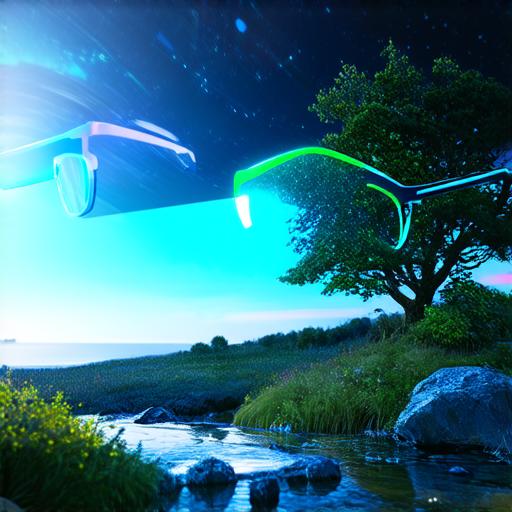Conceptualization: Defining Your AR Experience
The first step in developing an AR experience is to define what you want the end user to accomplish or engage with through the technology. This could be anything from providing product information and demos to creating interactive games and educational experiences.

Regardless of your goals, it’s important to have a clear idea of what you want to achieve before you begin designing and developing.
One key aspect of conceptualization is understanding your target audience. What are their interests and needs? How can you leverage AR technology to enhance their experience and provide value? By answering these questions, you can create a more effective and engaging experience that will resonate with users and drive business success.
Design: Creating a Compelling Visual Experience
Once you have defined the purpose of your AR experience, it’s time to start designing the visual elements. This includes everything from creating the 3D models and animations to selecting colors and typography that will complement your brand and messaging.
There are several tools available for designing AR experiences, including Unity, Unreal Engine, and Aurasma. These platforms offer a range of features and capabilities that can help you create stunning visual effects and interactive experiences that will captivate users.
When designing your AR experience, it’s important to keep in mind the unique constraints of the technology. For example, you need to consider how the user will interact with the experience, how they will navigate through the environment, and how they will engage with the content. By taking these factors into account, you can create a more intuitive and seamless experience that will enhance user engagement and retention.
Development: Bringing Your AR Experience to Life
With your design in place, it’s time to start developing your AR experience. This involves integrating the visual elements with the underlying technology and programming logic. There are several development frameworks available for creating AR experiences, including ARKit for iOS and Vuforia for Android.
Development can be a complex process, especially when working with advanced technologies like AR. However, there are many resources available online to help you get started, including tutorials, documentation, and community forums. By leveraging these resources and staying up-to-date on the latest developments in AR technology, you can create an engaging and interactive experience that will captivate users and drive business success.
Testing: Ensuring Your AR Experience is Optimized for Performance
Once your AR experience is complete, it’s important to test it thoroughly to ensure that it performs optimally across different devices and environments. This includes testing for performance, stability, and usability.
When testing your AR experience, it’s important to consider the unique characteristics of the technology. For example, you need to ensure that the content is properly aligned with the real-world environment and that users can easily navigate through the experience.
